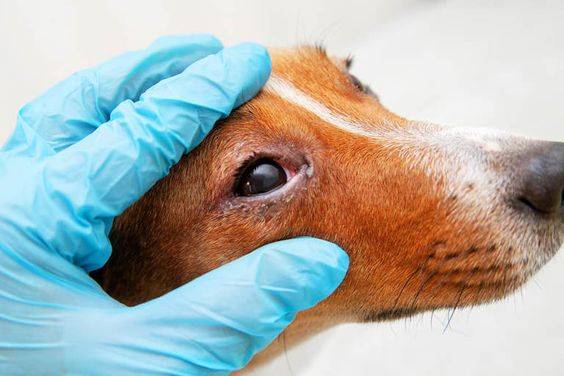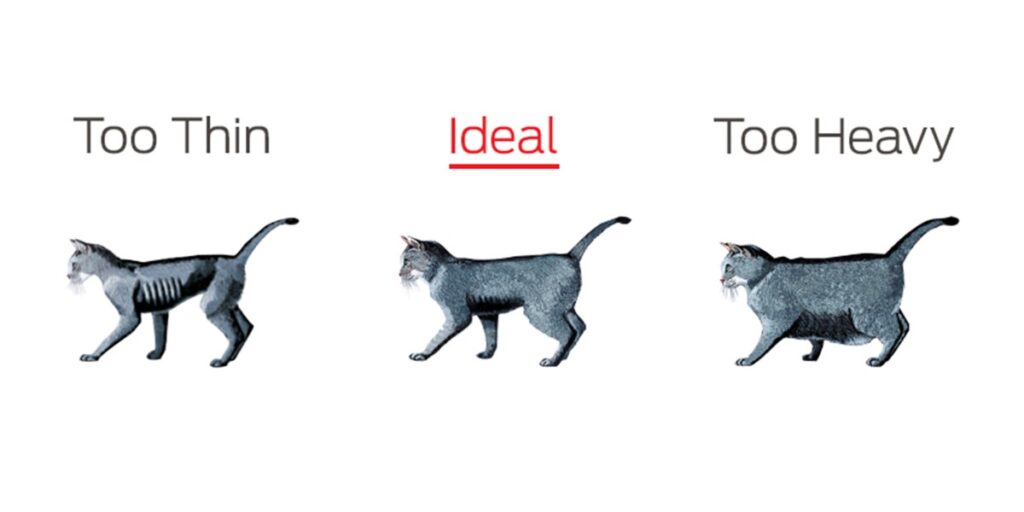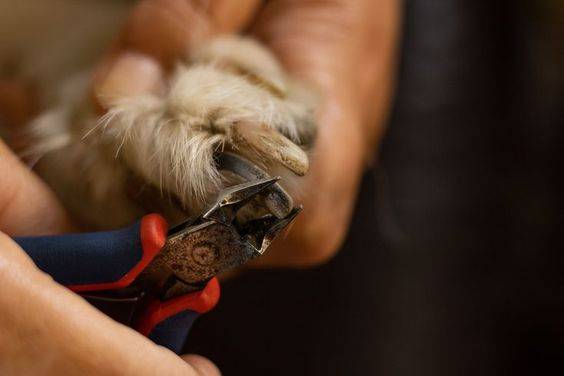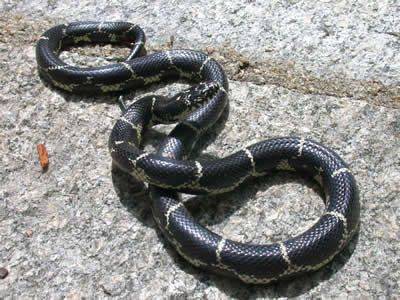Dogs, like humans, can suffer from a variety of eye conditions in dog that can affect their vision and overall quality of life. Recognizing the signs of eye conditions in dog early and seeking prompt veterinary care is crucial to prevent long-term damage and ensure the well-being of your furry friend. This comprehensive guide explores common eye conditions in dogs, their symptoms, causes, treatments, and preventive measures, providing dog owners with the knowledge they need to care for their pets effectively.
Cataracts : A Cloudy Problem ( Eye Conditions in Dog )
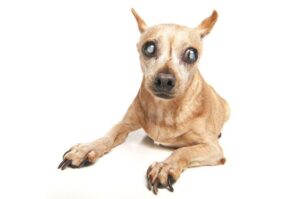
Cataracts in dogs occur when the lens of the eye becomes cloudy, impairing vision. This condition can affect one or both eyes and is more common in older dogs, although it can also be seen in younger dogs due to genetic factors, diabetes, or trauma.
Symptoms of Cataracts
Early signs of cataracts include a bluish, gray, or white tint in the dog’s eyes, difficulty seeing in dim light, and changes in behavior such as bumping into objects. As the condition progresses, the dog may exhibit signs of blindness.
Causes of Cataracts
The primary causes of cataracts in dogs are genetics, diabetes, and aging. Certain breeds, such as Cocker Spaniels, Poodles, and Siberian Huskies, are more prone to developing cataracts.
Treatment Options
Surgical removal of the cataract is the most effective treatment and can significantly improve the dog’s vision. The procedure involves replacing the cloudy lens with an artificial one. Regular veterinary check-ups are essential to monitor and manage the condition, especially if the dog has diabetes.
Prevention and Management
While cataracts can’t always be prevented, maintaining good overall health through proper diet, regular exercise, and managing underlying health conditions like diabetes can help reduce the risk.
Glaucoma : The Silent Thief of Sight

Glaucoma is an eye conditions in dog characterized by increased pressure within the eye, leading to damage to the optic nerve and potential vision loss.
Symptoms of Glaucoma
Signs of glaucoma in dogs include redness in the eye, excessive tearing, cloudiness of the cornea, dilated pupils, and visible swelling of the eye. Affected dogs may also show signs of pain, such as rubbing their eyes, squinting, or being sensitive to touch.
Causes of Glaucoma
Primary glaucoma is often genetic, with breeds like the Cocker Spaniel, Basset Hound, and Shiba Inu being more susceptible. Secondary glaucoma can result from eye injuries, inflammation, or tumors.
Treatment Options
Immediate veterinary care is essential for dogs with glaucoma to prevent permanent damage. Treatment options include medications to reduce eye pressure, pain management, and in severe cases, surgery to relieve pressure or remove the eye.
Prevention and Management
Managing underlying eye conditions in dog and protecting the dog from eye injuries can also help prevent secondary glaucoma.
Conjunctivitis : The Common Pink Eye

Conjunctivitis, commonly known as pink eye, is the inflammation of the conjunctiva, the tissue covering the front of the eye and lining the eyelids.
Symptoms of Conjunctivitis
Dogs with conjunctivitis often have red, swollen eyes, discharge that can be clear, yellow, or green, and may rub their eyes frequently. They may also squint or keep their eyes partially closed.
Causes of Conjunctivitis
Bacterial or viral infections, allergens such as pollen or dust, foreign bodies in the eye, and environmental irritants like smoke can cause conjunctivitis.
Treatment Options
Bacterial infections may require antibiotic eye drops, while allergic conjunctivitis might be treated with antihistamines or corticosteroids. Cleaning the eyes and keeping the dog away from irritants is essential.
Prevention and Management
Maintaining good eye hygiene, avoiding exposure to allergens and irritants, and addressing any underlying health issues promptly can help prevent conjunctivitis. Regular veterinary check-ups are important to catch and treat any eye problems early.
Keratoconjunctivitis Sicca (Dry Eye) : When Tears Run Dry

Keratoconjunctivitis Sicca (KCS), or dry eye, occurs when there is insufficient tear production, leading to dry, irritated eyes. This condition can cause discomfort and increase the risk of eye infections.
Symptoms of KCS
Signs of dry eye include redness, thick yellow or green discharge, frequent blinking, and a dull, dry appearance of the eye. Affected dogs may rub their eyes or show signs of pain.
Causes of KCS
Dry eye can result from immune-mediated diseases, hormonal imbalances, certain medications, or trauma to the tear glands. Breeds like the Shih Tzu, Lhasa Apso, and West Highland White Terrier are more prone to this condition.
Treatment Options
Treatment focuses on stimulating tear production and managing symptoms. This may include artificial tear solutions, medications to increase tear production, and anti-inflammatory drugs. Severe cases might require surgical intervention.
Prevention and Management
While KCS can’t always be prevented, early detection and treatment are crucial to managing the condition and preventing complications.
Entropion and Ectropion : Eyelid Issues

Entropion and ectropion are eye conditions in dog involving the eyelids. Entropion occurs when the eyelid rolls inward, causing the eyelashes to rub against the cornea, while ectropion is the outward rolling of the eyelid, exposing the inner eyelid.
Symptoms of Entropion and Ectropion
Dogs with entropion may have red, irritated eyes, excessive tearing, and sensitivity to light.
Causes of Entropion and Ectropion
These conditions are often genetic and seen in breeds with loose facial skin, like Bulldogs and Saint Bernards for entropion, and Bloodhounds and Cocker Spaniels for ectropion.
Treatment Options
Surgical correction is usually required for both conditions to restore the normal position of the eyelid. Mild cases might be managed with lubricating eye drops and regular monitoring.
Prevention and Management
Breeding practices that avoid passing on genetic predispositions to these conditions can help reduce their incidence. Regular veterinary check-ups and prompt treatment of any eye irritation or trauma are crucial.
Inference
Eye conditions in dog can range from mild irritations to serious diseases that can lead to blindness if left untreated. As a responsible dog owner, it’s important to be aware of the signs and symptoms of common eye problems, seek prompt veterinary care, and follow preventive measures to ensure your dog’s eyes remain healthy. Regular eye exams, proper hygiene, and managing underlying health eye conditions in dog are key to maintaining your dog’s vision and overall well-being. By staying informed and proactive, you can help your furry friend enjoy a clear and vibrant view of the world.

